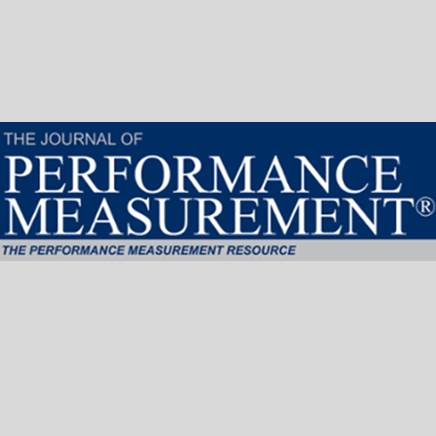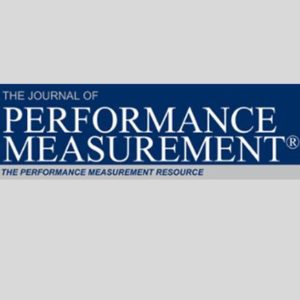Some Problems of the IRR in Measuring PEI with Performance and How to Solve it with the Pure-Investment AIRR
$25
The internal rate of return (IRR) is the prominent tool for measuring the performance of real estate asset and investment portfolios. However, it brings about some problems that make it unsatisfactory, such as (i) failing to capture value added, (ii) being associated with implicit interim values that may signal short positions when, in fact, no short position has been taken on the part of the investor, (iii) generating multiple rates of return, and (iv) being nonadditive. Several authors have proposed substitutive metrics for a more reliable assessment, some of which maintain the IRR notion as a building block while some others dispense of it.
Carlo Alberto Magni, University of Modena and Reggio Emilia and
James R. Cuthbert, Sussex University
The internal rate of return (IRR) is the prominent tool for measuring the performance of real estate asset and investment portfolios. However, it brings about some problems that make it unsatisfactory, such as (i) failing to capture value added, (ii) being associated with implicit interim values that may signal short positions when, in fact, no short position has been taken on the part of the investor, (iii) generating multiple rates of return, and (iv) being nonadditive. Several authors have proposed substitutive metrics for a more reliable assessment, some of which maintain the IRR notion as a building block while some others dispense of it.
Carlo Alberto Magni, University of Modena and Reggio Emilia and
James R. Cuthbert, Sussex University



